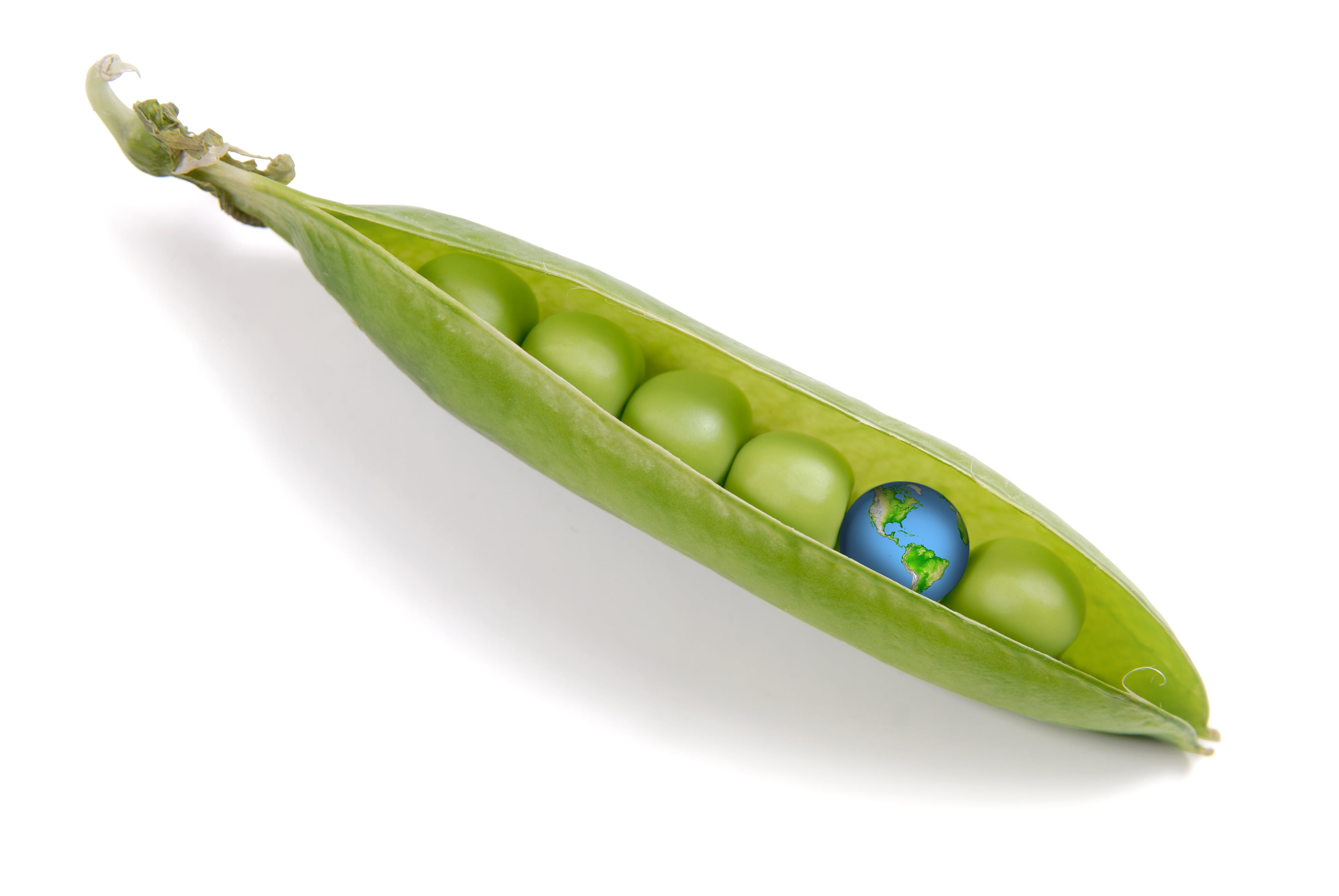How is innovation tackling global food insecurity? A quick summary
- Innovation has always driven progress in global food production systems
- Climate shocks and conflict are major threats to food security today
- AI and biotech tools help predict and prevent crop yield losses
- Tech alone is insufficient without social and policy-based innovation
- Open-source and collaborative models make innovation more affordable globally
Innovation is crucial to food security. For thousands of years, innovation has helped human beings to feed themselves.
Agriculture itself was an innovation, developed more than 10,000 years ago as a solution to the inconstancy of hunting and gathering. Around a century ago, the Haber-Bosch process led to global crop yields ballooning and, some say, the growth of the world’s population due to the abundance of food it created.
Food security is once again in crisis. Yields of key crops are declining globally, and estimates suggest many more could be at risk. Industry must innovate.
How tech can address food insecurity
The biggest threats to food security today are climate shocks, conflict, economic slowdown, and the intersection between them, explained Vincent Martin, director of the office of innovation at the UN’s Food and Agriculture Organisation (FAO), at Future Food-Tech London last month.
Food technology can address these problems. For example, the use of AI-powered early-warning systems can help protect crops.
These warning systems can “help us leapfrog on some of the development issues we’ve been facing” in recent years, he explained.
Furthermore, the use of biotechnology is “offering new perspectives for reducing the number of people suffering from hunger and malnutrition in the world”.
Smart agriculture and the use of internet of things (IoT) technology are also playing a role. The rapid development of such digital tools in agriculture, he suggested, is also contributing towards assuaging food insecurity.
However, “technology is not the panacea”, Martin stressed. “A technology-alone approach is doomed to fail.”
It’s not only about tech, but other kinds of innovation as well – social innovation, policy innovation, financial innovation, and institutional innovation, to name but a few.
It is important to balance technological innovation with these other kinds of innovation if the right outcomes are to be achieved.
Innovation must be balanced with affordability
Despite the immense benefits of tech to food security, some countries lack the capital to invest in the cutting edge, and the infrastructure to implement it.
That is why, explained Martin, innovations in technology itself are not enough. Innovating to improve the affordability of such technology is also crucial.
For example, by making technology open-source, farmers and young innovators will have access to it. When technology is open-source, its codes are broadly accessible rather than being siloed off to a select few.
Furthermore, it’s important to ensure innovation happens collaboratively – that all the stakeholders of the food system are innovating together. The FAO aims to bring stakeholders together in this way through projects such as Living Labs.
“You identify the problem, and then you bring the different stakeholders together”, says Martin, citing stakeholders such as academics, farmers and farmers associations.
Through collaboration, it is not only easier to adapt and scale innovations, Martin explains, but more affordable as well, as it originates directly from those who benefit the most from it.
“We have leverages, either to ensure that high-tech technologies land in the hands of those who most need it, or low-tech technologies are co-developed and co-constructed with the people who will be the final end-users.”




